Instagram vs Facebook: Unraveling the Social Media Titans
Social media has become an integral part of modern life, changing the way people communicate, share content, and engage with one another. Among the platforms that have dominated this space for years are Instagram and Facebook, two of the most influential social media titans. While both platforms are owned by the same parent company, Meta (formerly Facebook, Inc.), they cater to different audiences, serve unique purposes, and have distinct features. This article unravels the key differences and similarities between Instagram and Facebook, delving into their histories, functionalities, user bases, and the ways they shape the digital landscape.
A Brief History of Facebook and Instagram
Facebook, founded by Mark Zuckerberg and his Harvard University roommates in 2004, revolutionized the way people connect online. Initially created as a social networking site for college students, Facebook expanded rapidly to include users from all walks of life. By allowing users to create profiles, share updates, and connect with friends and family, Facebook became a global social media giant. Over time, Facebook introduced features such as groups, events, and business pages, making it a versatile platform for personal networking and professional marketing alike.
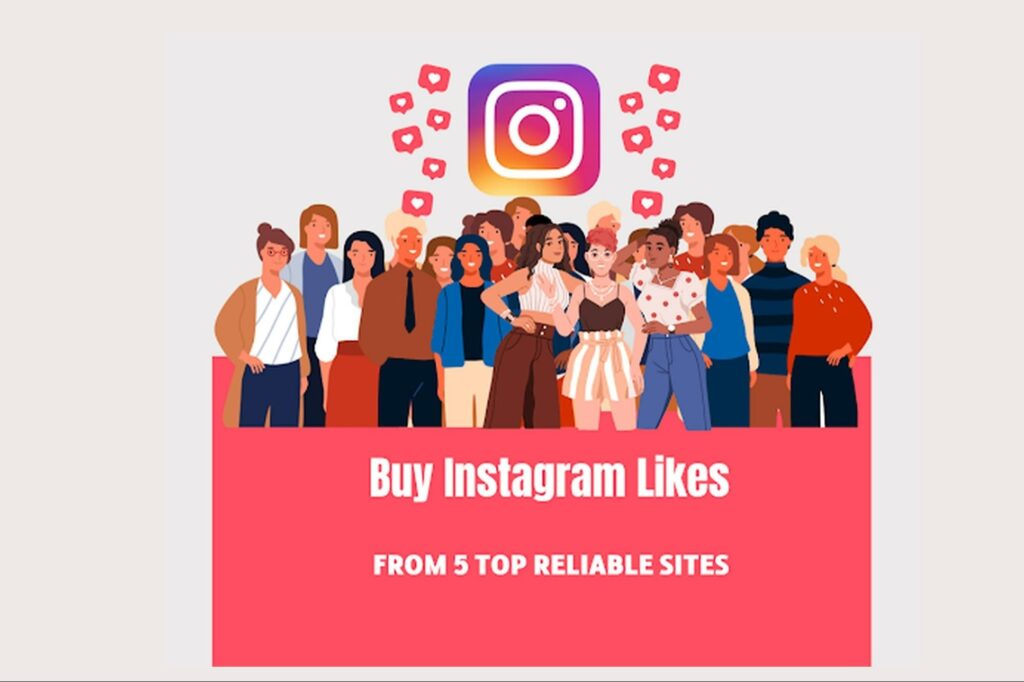
Instagram, on the other hand, entered the social media scene in 2010, co-founded by Kevin Systrom and Mike Krieger. Instagram started as a mobile-first platform focused primarily on photo sharing. Its appeal lay in its simplicity: users could upload images, apply filters, and share them with followers. Instagram’s emphasis on visual content, combined with its user-friendly interface, made it an instant hit, particularly among younger users. By 2012, Instagram had amassed millions of users, prompting Facebook to acquire the platform for $1 billion. The acquisition allowed Instagram to grow exponentially, incorporating features like Stories, IGTV, and e-commerce functionalities, while still maintaining its distinct identity.
Target Audience and User Base
Both Instagram and Facebook boast large, diverse user bases, but they attract different demographics. Facebook, with over 2.8 billion monthly active users, is more popular among a broad spectrum of age groups, ranging from teenagers to seniors. It appeals to users who want to stay connected with friends and family, follow news, participate in community groups, or engage with businesses. Facebook also has a significant presence in countries with older populations, as well as in developing nations where it serves as a key online communication tool.
Instagram, on the other hand, skews younger. With over 1.3 billion monthly active users, the platform is particularly popular among millennials and Generation Z (users aged 18-34). Instagram’s emphasis on visual content, influencers, and aesthetic appeal resonates more with younger audiences. Its popularity is especially strong in urban areas, among creatives, influencers, and those who enjoy sharing visually appealing content. The platform’s image-centric format aligns well with the lifestyle, fashion, travel, and fitness industries, making it a hotspot for brands targeting younger, trend-conscious consumers.
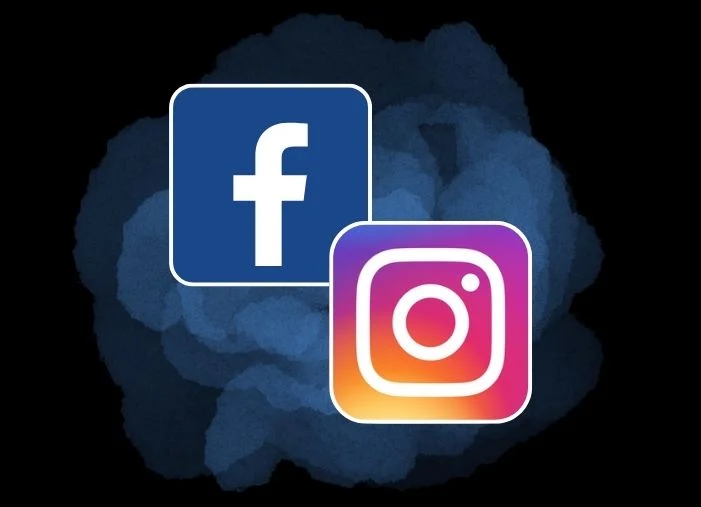
Content and Features
When comparing the content and features of Instagram and Facebook, the differences are stark, even though they have borrowed from each other over the years.
Visual vs. Textual Content
Instagram is primarily a visual platform, focusing on images and videos. Users post photos and videos on their feeds, Stories, or Reels, with the latter being a feature inspired by TikTok. Instagram’s design prioritizes high-quality visuals, aesthetics, and creativity, making it the go-to platform for photographers, influencers, and brands. The captions accompanying posts are typically short, as the focus remains on the visual aspect of the content.
Facebook, while incorporating images and videos, remains a platform where text-based content is equally important. Status updates, long-form posts, articles, and discussions are prevalent. Users often share personal updates, news articles, memes, and other types of content that provoke conversation and engagement. Facebook’s groups and events feature also emphasizes community building through dialogue rather than visual appeal.
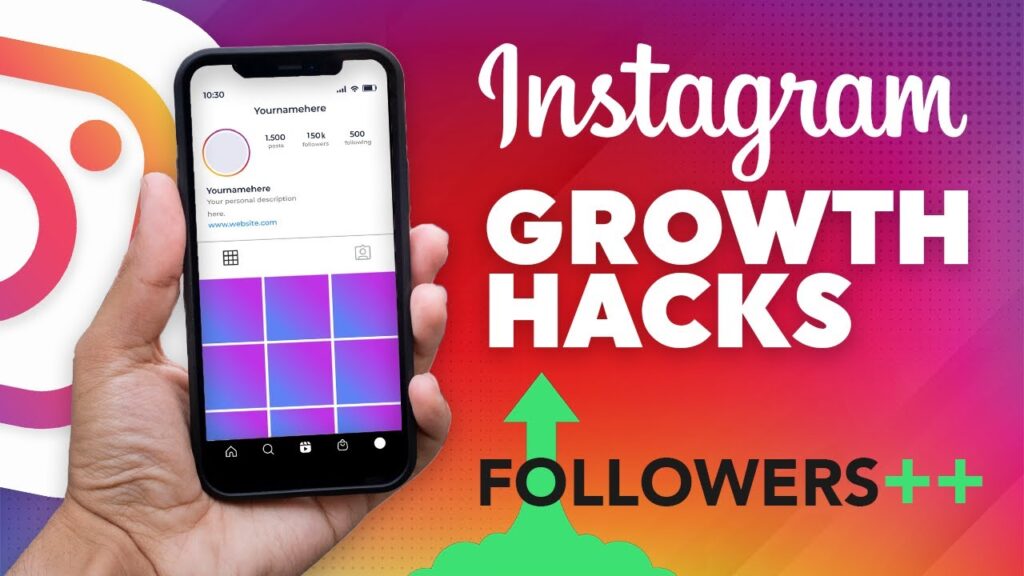
Stories, Reels, and Live Streaming
Both platforms offer Stories, temporary posts that disappear after 24 hours. Instagram introduced Stories in 2016, inspired by Snapchat’s disappearing content model, and it quickly became one of the platform’s most popular features. Stories allow users to share spontaneous moments, behind-the-scenes content, or promotional material. Facebook followed suit by introducing Stories on its platform, though they have not gained as much traction as on Instagram.
Instagram’s Reels, launched in 2020, is a direct response to the short-form video content trend popularized by TikTok. Reels allows users to create 15 to 90-second videos with music, effects, and filters. Reels are heavily promoted within the app, making them a key tool for user engagement and virality.
Facebook has its own version of short-form videos through Facebook Watch, but it’s less prominent than Instagram’s Reels. Facebook Live and Instagram Live are live streaming options available on both platforms. While Instagram Live is more focused on influencers and real-time interaction with fans, Facebook Live caters to a broader audience, including businesses, politicians, and organizations hosting live events or discussions.
Shopping and E-Commerce
Both Instagram and Facebook have integrated e-commerce features, though their approaches differ. Instagram’s Shop feature allows users to browse and purchase products directly within the app. Brands and influencers frequently tag products in their posts and Stories, creating a seamless shopping experience for users. Instagram is increasingly positioning itself as a hub for social commerce, especially within industries like fashion, beauty, and lifestyle.
Facebook, too, has expanded its e-commerce capabilities with Facebook Marketplace, a feature that lets users buy and sell items locally. Additionally, businesses can set up Facebook Shops to sell products directly through their business pages. However, Facebook’s shopping experience is more extensive, covering a wider range of products and services, including local services, vehicles, and housing.

Engagement and Community Building
The way users engage with content and build communities on Instagram and Facebook differs significantly due to the nature of their platforms.
Engagement on Instagram
Instagram is primarily a platform for individual expression and influence marketing. Users engage with content by liking, commenting, sharing, and saving posts, but much of the interaction happens in a passive, aesthetic-driven manner. Instagram’s algorithm favors visually striking content, and engagement tends to be driven by how captivating a post looks rather than how deeply it resonates with users intellectually.
The rise of influencers on Instagram has shaped the platform’s engagement style. Influencers with large followings often collaborate with brands to promote products or services, leveraging their audience’s trust and loyalty. This has given rise to a unique ecosystem where users engage with content not just because of the visual appeal but also because of the influencers who promote it.
Community on Facebook
In contrast, Facebook is a platform that thrives on discussion, debate, and community interaction. Groups are one of Facebook’s most important features, allowing users with shared interests to connect, discuss, and exchange ideas. Whether it’s parenting, gaming, fitness, or local community issues, Facebook Groups provide a space for in-depth conversations, advice, and support.
Facebook’s content is more varied, and users engage through likes, comments, and shares, but also through deeper interactions like discussions in groups, messaging, and event participation. The platform’s appeal lies in its ability to connect users on both a personal and communal level, allowing for long-form content, debates, and networking.

Algorithm and Content Discovery
Both platforms use sophisticated algorithms to determine what content is shown to users, but the focus of these algorithms differs significantly.
Instagram’s Algorithm
Instagram’s algorithm prioritizes recent, relevant, and engaging content. It favors posts from accounts that users interact with frequently, as well as content that garners high engagement quickly. The platform’s Explore page and Reels tab are designed to help users discover new content based on their interests, but they are heavily geared toward driving virality. Visual appeal and consistent engagement are key to being featured on these discovery sections.
Instagram’s algorithm is less focused on fostering deep conversations and more about surfacing visually engaging content that can quickly capture attention.
Facebook’s Algorithm
Facebook’s algorithm, known as EdgeRank, is designed to show users content that is most likely to spark interaction. It prioritizes posts from friends, family, and groups that users engage with regularly. Facebook’s algorithm takes into account factors like the type of content (photos, videos, text), its engagement level, and how relevant it is to the user’s past interactions. However, it also aims to balance content discovery with meaningful interactions, often showing users content that encourages them to comment, react, or share.
Facebook’s algorithm is often seen as more community-driven, with a focus on building conversations and relationships, rather than just visual engagement.
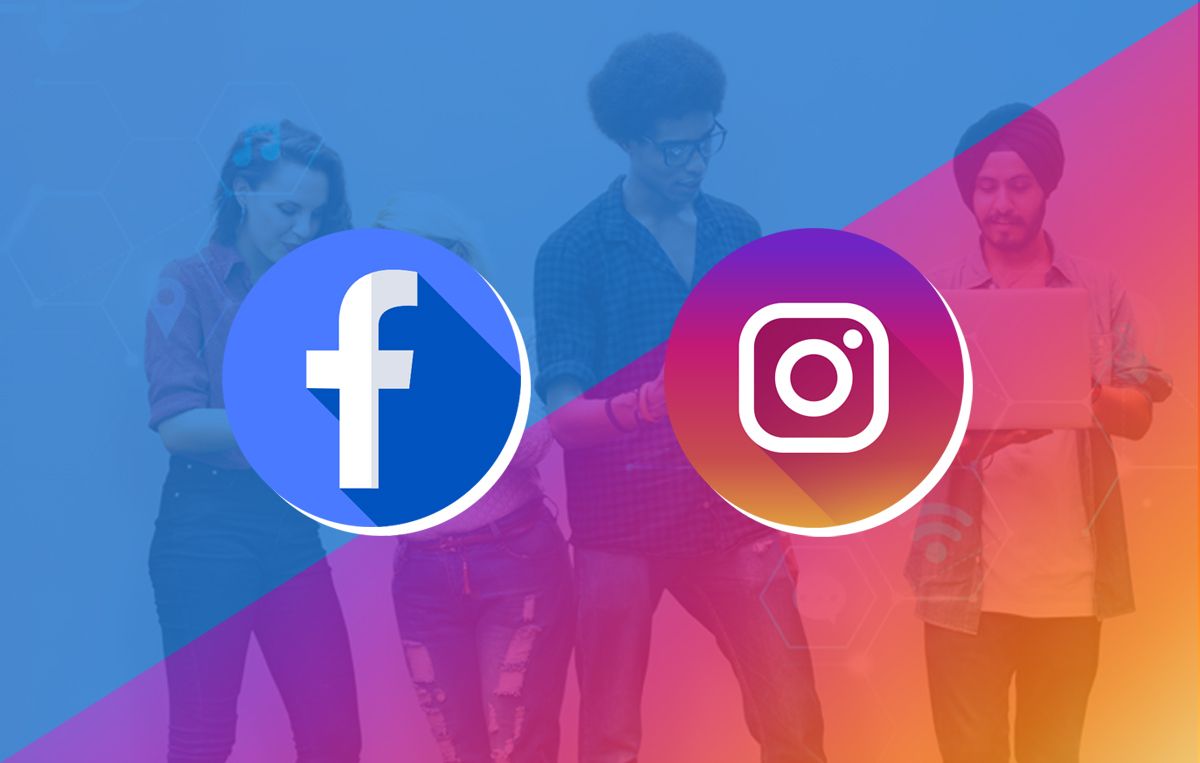
Monetization and Advertising
Both Instagram and Facebook are key platforms for businesses and marketers, though their monetization strategies have some differences.
Instagram Ads
Instagram has become a powerhouse for influence marketing and sponsored content. Advertisers can run ads in users’ feeds, Stories, and even through Reels. Instagram’s strong focus on visual content makes it ideal for brands in industries like fashion, beauty, travel, and lifestyle. The platform’s ads are highly targeted, allowing brands to reach specific demographics based on interests, location, and behavior.
Influencer marketing is another major monetization tool on Instagram. Brands partner with influencers to promote products to their followers, leveraging the personal trust and connection influencers have with their audience.
Facebook Ads
Facebook, being a more versatile platform, offers a wider range of advertising options. Advertisers can target users with ads in their news feeds, Messenger, right-hand sidebar, and even within videos. Facebook’s targeting capabilities are highly advanced, allowing businesses to target users based on age, gender, interests, location, behaviors, and more.
Facebook’s advertising platform is more robust and comprehensive compared to Instagram’s. Businesses can use Facebook Ads Manager to run ads across both platforms, but Facebook’s sheer variety of ad types and placements makes it a preferred choice for many marketers looking for broader reach and more complex campaign objectives.
Privacy and Data Concerns
One of the ongoing criticisms of both platforms is their handling of user data and privacy. Both Facebook and Instagram have faced scrutiny over their data collection practices, especially after the Cambridge Analytica scandal in 2018.
Facebook, in particular, has been at the center of privacy debates due to its extensive data collection and advertising targeting practices. Users have become more aware of how their data is being used, and concerns about misinformation, fake news, and data breaches have led to a loss of trust among some users.
Instagram, while not as heavily criticized as Facebook, also collects a significant amount of user data. With the growing integration of shopping features and targeted ads, concerns about how Instagram tracks users’ behavior both on and off the platform have increased.
Both platforms have responded to these concerns by introducing more robust privacy settings, data transparency features, and options for users to control what data is collected and how it’s used. However, privacy remains a critical issue for both Instagram and Facebook as they continue to expand their features and services.
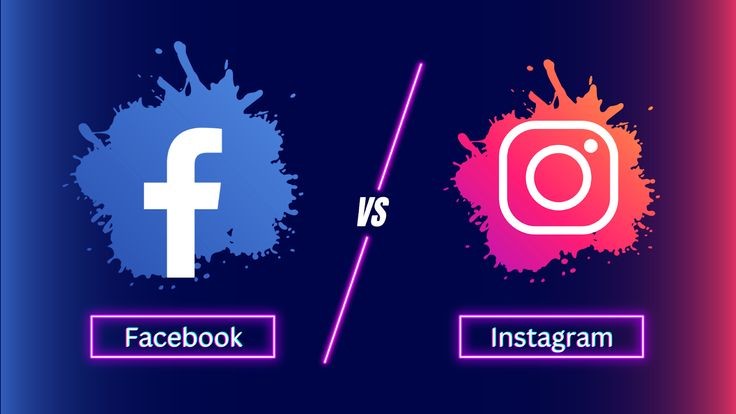
Conclusion: Instagram vs Facebook – Which is Right for You?
Ultimately, the choice between Instagram and Facebook comes down to what kind of social media experience you’re looking for. Instagram is the platform of choice for users who are visually inclined, enjoy short-form content, and want to engage with influencers, brands, and trends in a creative way. It’s ideal for people looking to build a personal brand, follow trends, and consume visually engaging content.
Facebook, on the other hand, is the platform for those who want a more diverse, conversation-driven experience. With its strong emphasis on community, groups, and varied content formats, Facebook is perfect for those looking to stay connected with friends and family, participate in discussions, and engage with local and global communities.
While Instagram might be the better platform for younger, visually-driven users, Facebook remains a powerhouse for communication, business, and networking across all demographics. Both platforms have their strengths, and for many users, the best solution is to use both, depending on their needs and the type of engagement they seek.
In the battle of Instagram vs Facebook, there’s no clear winner—just different strengths to suit different audiences. age,
Leave a Reply